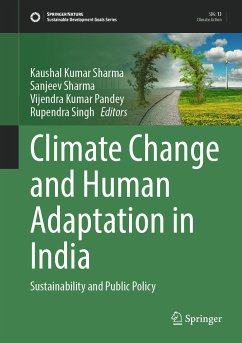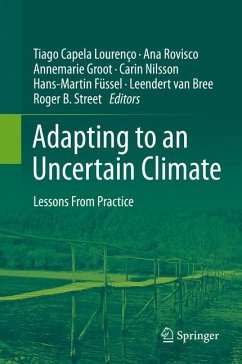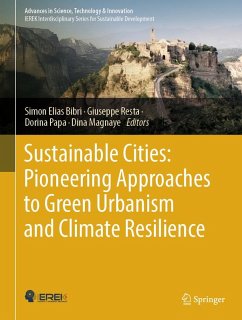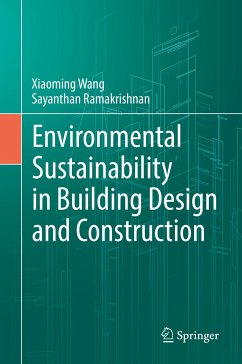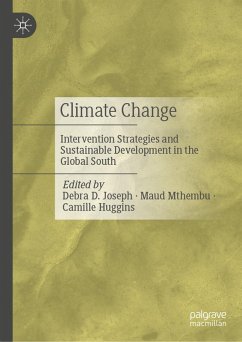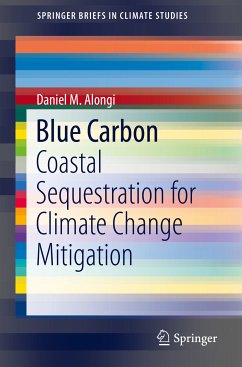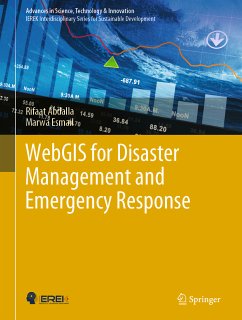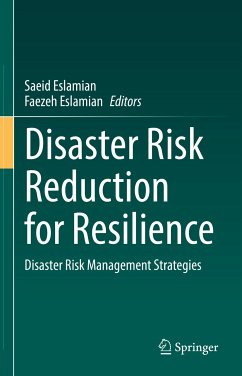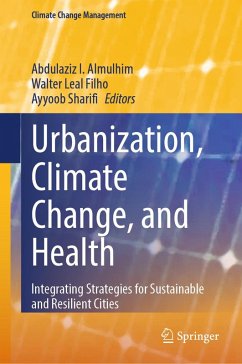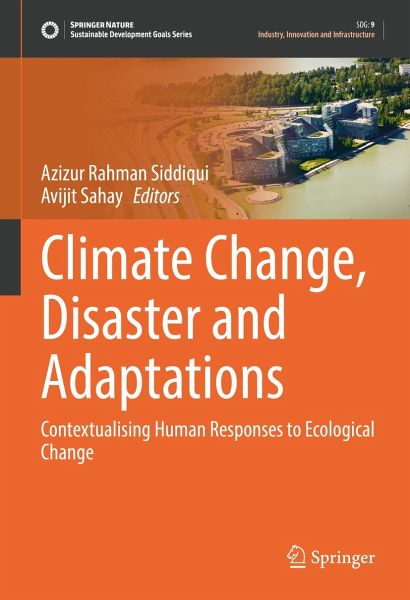
Climate Change, Disaster and Adaptations (eBook, PDF)
Contextualising Human Responses to Ecological Change
Redaktion: Siddiqui, Azizur Rahman; Sahay, Avijit
Versandkostenfrei!
Sofort per Download lieferbar
112,95 €
inkl. MwSt.
Weitere Ausgaben:

PAYBACK Punkte
56 °P sammeln!
This volume examines how local communities respond and adapt to ecological changes and disasters resulting from climate change. The main aim of the book is to understand the range of human responses to ecological change and to contextualise the reasons for adopting any particular adaptive strategy by a community. Through the help of specific case studies presented as individual chapters, the book aims to find out whether adaptation due to environmental stress is an individual decision and, therefore, is an isolated phenomenon, or if resilience and adaptation are part of the same action paradig...
This volume examines how local communities respond and adapt to ecological changes and disasters resulting from climate change. The main aim of the book is to understand the range of human responses to ecological change and to contextualise the reasons for adopting any particular adaptive strategy by a community. Through the help of specific case studies presented as individual chapters, the book aims to find out whether adaptation due to environmental stress is an individual decision and, therefore, is an isolated phenomenon, or if resilience and adaptation are part of the same action paradigm of society as a whole in response to environmental change. Of particular interest are the case studies of climate change or disasters that have rendered the site unsuitable for the return of its community at present, and thus necessitated the relocation of such communities to new locations. The case studies in the book focus on regions in India, but cover different parts of the world as well, and address concepts of resilience, vulnerability, risk, adaptation, and mitigation. The book will be useful for students and researchers in the fields of geography, disaster management, environmental science, and anthropology.
Dieser Download kann aus rechtlichen Gründen nur mit Rechnungsadresse in A, B, BG, CY, CZ, D, DK, EW, E, FIN, F, GR, HR, H, IRL, I, LT, L, LR, M, NL, PL, P, R, S, SLO, SK ausgeliefert werden.



